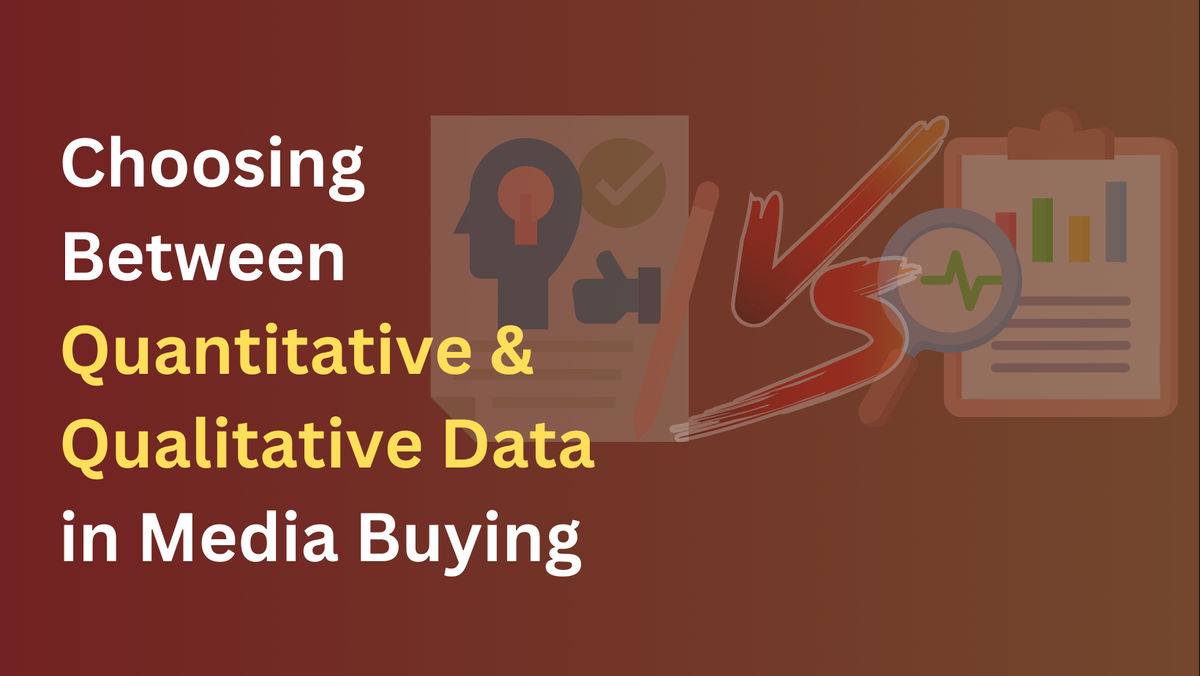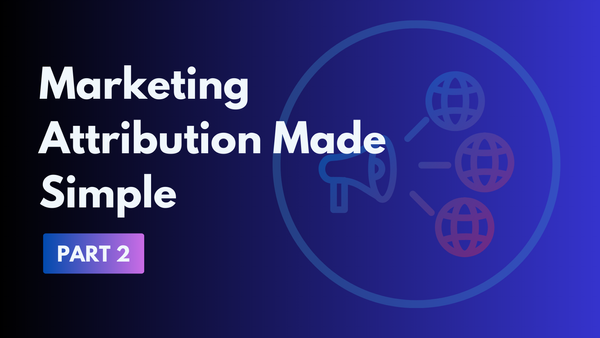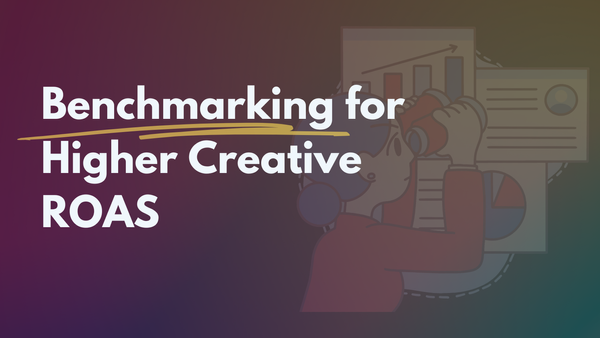Numbers or Words? Choosing Between Quantitative & Qualitative Data in Media Buying
Quantitative and Qualitative data both have their own strengths; you have to know what kind of information you're looking for and decide accordingly. The best approaches often include both. Here's how

The debate between quantitative and qualitative research methods has long pervaded various industries, with media buying being no exception.
Both methods offer distinct advantages and can significantly influence the strategy behind media placements and campaign optimizations.
Understanding when and how to utilize each can be the key to maximizing campaign effectiveness and ROI.
Understanding Quantitative Research
Quantitative research is all about numbers. In media buying, this method involves metrics like click-through rates, impressions, conversion rates, and other measurable data that provide objective insights into campaign performance.
Strengths:
- Scalability: Quantitative data can easily be scaled to apply to large populations, making it invaluable for broad market strategies.
- Objectivity: This data is numerical and can be universally interpreted without bias.
Understanding Qualitative Research
Qualitative research delves deeper into the 'why' behind consumer behavior. It includes methodologies like focus groups, in-depth interviews, and participant observations that uncover the emotional and psychological factors influencing consumer responses.
Strengths:
- Depth of Insight: Provides a deeper understanding of consumer motivations and preferences.
- Flexibility: More adaptable to new questions that arise during the research process.
Comparing Quantitative and Qualitative in Media Buying
Choosing between quantitative and qualitative methods often depends on the specific needs of the campaign and the nature of the data required. For instance:
- Quantitative methods are preferred when you need to measure the performance of different ad versions on a large scale.
- Qualitative methods are invaluable when you're exploring new market territories or testing new product concepts that require an understanding of nuanced consumer reactions.
Integrating Both Methods:
Leveraging both quantitative and qualitative research methods is an absolute must; this can provide a holistic view of campaign effectiveness and audience engagement.
Strategic Synergy:
Combining quantitative data—such as engagement rates and conversion metrics—with qualitative insights—such as consumer sentiments and motivations—enables media buyers to validate and refine their campaigns more effectively. Quantitative data provides the 'what' of campaign performance, while qualitative data explains the 'why' behind consumer behaviors and reactions.
Implementation Tactics:
- Sequential Integration: Start with quantitative data to identify trends and patterns, then use qualitative research to delve deeper into the reasons behind those trends. For example, if a particular ad performs exceptionally well, follow up with focus groups or interviews to explore why it resonated with the audience.
- Parallel Integration: Conduct both quantitative and qualitative research simultaneously to gain real-time insights that inform campaign adjustments. This approach is particularly useful in fast-paced environments where media buyers must quickly adapt to changing audience preferences.
- Iterative Feedback Loops: Use the insights gained from initial qualitative research to formulate hypotheses for quantitative testing. The results can then inform further qualitative exploration, creating a continuous loop of improvement and refinement.
This integrated approach not only enhances the depth and breadth of insights but also provides a more robust foundation for making data-driven decisions.
Latest Innovations and Trends
The landscape of research methodologies in media buying is rapidly evolving, driven by technological advancements and a deeper understanding of consumer psychology. Here are some of the latest innovations and trends that are shaping the future of how media buyers integrate and utilize data:
Advanced Analytics and Machine Learning:
Machine learning algorithms are now being used to predict consumer behavior with greater accuracy. These tools analyze large datasets to identify patterns that might not be visible through traditional analysis methods. For example, predictive analytics can forecast campaign performance based on historical data and current market trends, helping media buyers allocate budgets more effectively.
Artificial Intelligence in Qualitative Analysis:
AI technologies are revolutionizing qualitative research by enabling the analysis of large volumes of unstructured data, such as social media comments or video content. Natural language processing (NLP) tools can interpret sentiment, extract themes, and analyze emotions from textual data, providing deeper insights into consumer attitudes and perceptions.
Real-Time Data Integration:
The ability to integrate and analyze data in real-time is becoming increasingly crucial. Real-time analytics allow media buyers to make immediate adjustments to live campaigns, optimizing them while they are still active based on current audience reactions and engagement levels.
Virtual Reality (VR) and Augmented Reality (AR) for Immersive Research:
VR and AR are being explored for their potential to conduct immersive and interactive research. By placing consumers in virtual environments, media buyers can gain firsthand insights into how audiences might experience a product or react to an ad in a controlled yet lifelike setting.
These innovations are empowering media buyers to not only gather more precise data but also to interpret it in innovative ways that drive campaign success.
Whether leaning on numbers or words, the key to effective media buying lies in knowing how to balance the breadth of quantitative data with the depth of qualitative insights. As technologies and methodologies evolve, staying informed on the latest research and trends will ensure media buyers can continue to make data-driven decisions with confidence.





